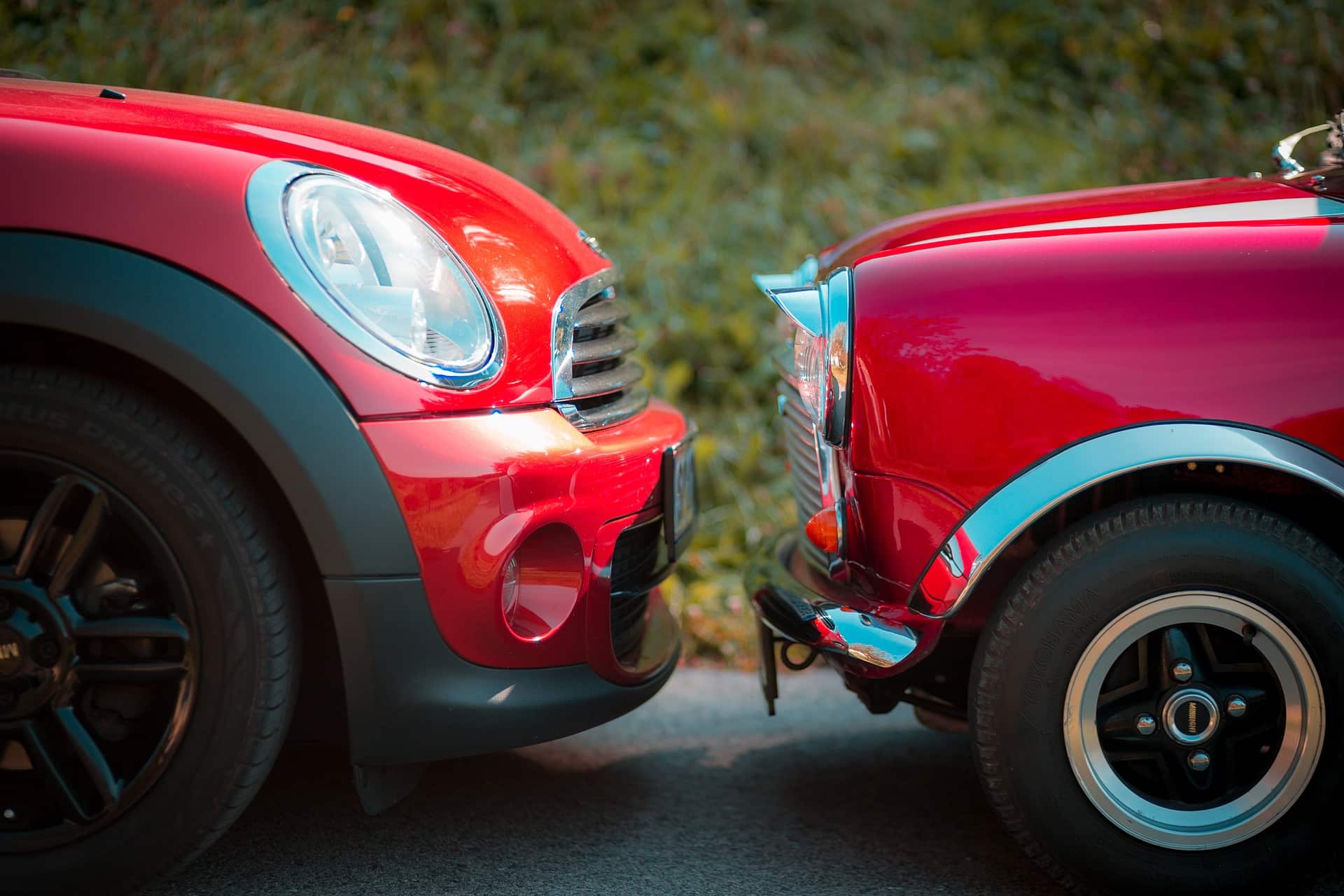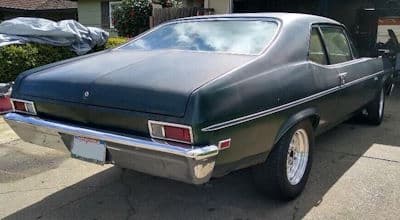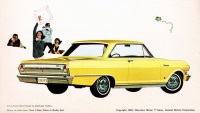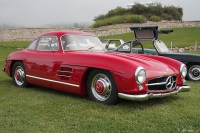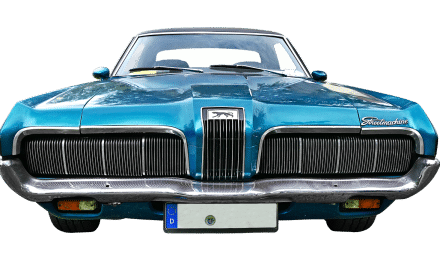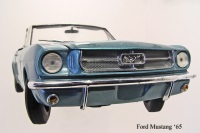The Mini An Old Car Icon!
The British Leyland Mini, an iconic automobile, represents a significant chapter in the history of British automotive engineering. The Mini was initially produced by the British Motor Corporation (BMC) and later by various successors including British Leyland. Its inception in 1959 marked the beginning of a new era in car design, and over the years, the Mini evolved through several models, including the renowned Mini Cooper.
See Mini Coopers For Sale Now!
Origin and Design Philosophy
The Mini was conceived in response to the Suez Crisis in 1956, which led to fuel rationing across the United Kingdom.
Leonard Lord, the head of BMC, sought to create a small, efficient car that could compete with the German bubble cars popular at the time. The design task fell to Alec Issigonis, who had previously designed the Morris Minor. Issigonis’s innovative design featured a transverse engine front-wheel-drive layout, which was revolutionary at the time.
This configuration allowed 80% of the car’s floorplan to be used for passengers and luggage, setting a new standard for compact car design.
The Mark I Mini (1959-1967)
The Mark I Mini, launched in 1959, was originally marketed under two brand names: the Austin Seven and the Morris Mini-Minor. It featured a 848cc engine, a four-speed manual gearbox, and was known for its nimbleness and fuel efficiency. Despite its small size, the Mini was praised for its spacious interior and driving dynamics.
The Mini Cooper and Cooper S
In 1961, the Mini Cooper was introduced, a result of a collaboration between BMC and John Cooper, a racing car maker and friend of Issigonis. The Cooper version featured a more powerful engine, larger disc brakes, and a sportier appearance. It quickly became popular, particularly after achieving success in rally racing.
The Mini Cooper S, launched in 1963, further enhanced performance with an even more powerful engine and became a dominant force in international rallying, winning the Monte Carlo Rally four times during the 1960s.
The Mini Under British Leyland
British Leyland Motor Corporation was formed in 1968, and the Mini became part of its portfolio. Under British Leyland, the Mini continued to evolve.
The Mark II Mini, introduced in 1967 before the formation of British Leyland, featured a redesigned grille and larger rear window. Subsequent models saw minor modifications to the exterior and interior, but the fundamental design principles of the Mini remained unchanged.
The 1980s and the End of Production
The 1980s saw further changes, including the introduction of the Mini Metro in 1980, intended as a successor to the Mini. However, the original Mini continued to be produced due to its enduring popularity. Production quality and reliability improved under the Rover Group, which took over British Leyland’s car production in the late 1980s.
The Mini Cooper was relaunched in 1990 with a 1.3-liter engine, revitalizing interest in the classic model.
Legacy and Conclusion
Production of the original Mini ended in 2000, with over 5.3 million units produced. Its design influenced a generation of car makers, and its compact size, efficiency, and performance set benchmarks in automotive design. The Mini’s legacy continues with the BMW-owned MINI brand, which launched a new generation of Minis in 2001. These new models build on the original’s iconic design and sporting heritage, albeit in a modern context.
The British Leyland Mini, including all its models from the Mark I to the Mini Cooper and Cooper S, remains a symbol of innovation, efficiency, and performance. It not only defined a category but also became a cultural icon, representing a significant period in British automotive history.

